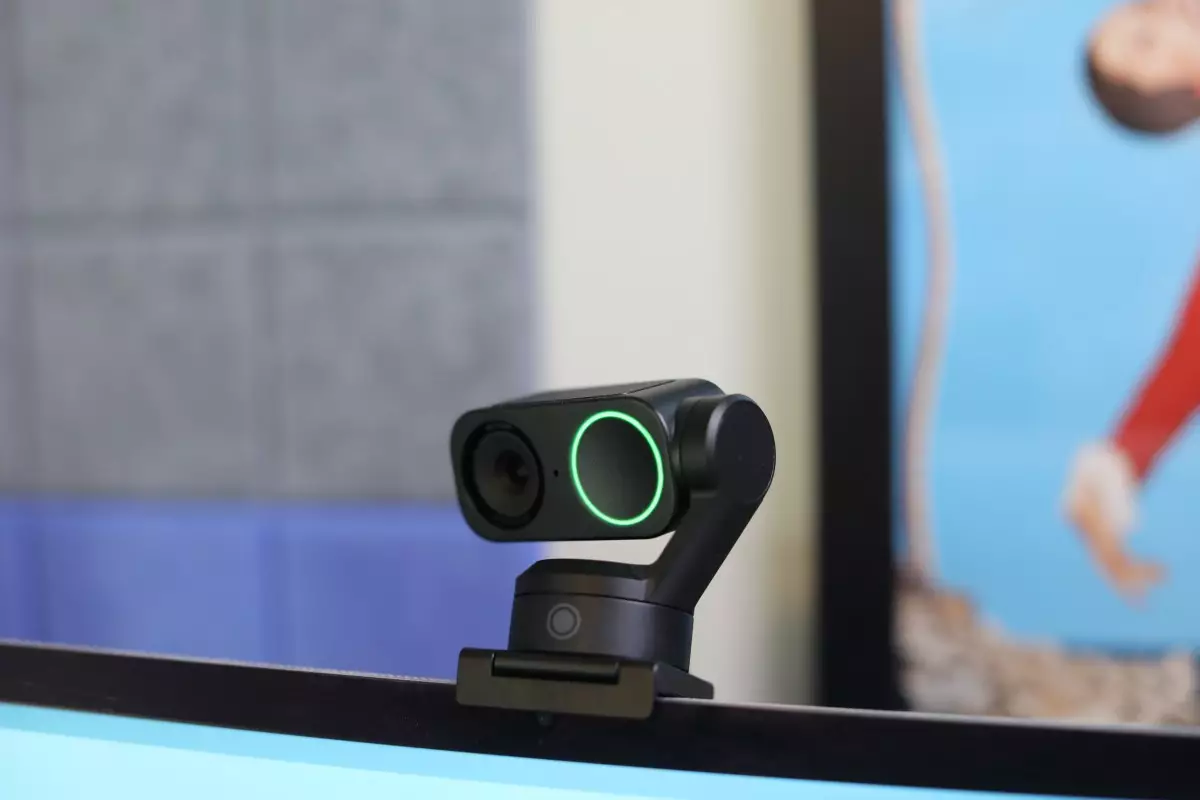In the rapidly evolving world of personal technology, webcams have become indispensable tools for communication, collaboration, and content creation. With the demand for high-quality video increasing, Insta360 has opted to refine its webcam lineup initially led by the original Link model. The introduction of the Link 2 and Link 2C marks a significant shift in design and pricing strategy, signaling the brand’s intent to capture a wider audience while still competing with established players in the market. This article explores the features, differences, and overall performance of these two new offerings while highlighting their appeal to various consumer segments.
The original Link entered the market at a hefty price of $299, a sum reflective of its advanced features like the dynamic gimbal base. While the technology certainly offered exciting capabilities, many users—including myself—questioned the necessity of such a feature, especially for routine virtual interactions where the webcam typically remains stationary. With the unveiling of the Link 2 priced at $200 and the Link 2C at an even more appealing $150, Insta360 has clearly taken steps to make high-quality webcams more accessible. This price drop not only invites a broader user base but also creates competitive tension within the market, making it critical for other brands to respond with similar innovations or price reductions.
Delving into the specifics of these iterations, both cameras demonstrate impressive capabilities, boasting 4K video capture at 30 frames per second—a standard that competes well with other high-end webcams. One notable feature is their HDR support, making them adept at handling varied lighting conditions without compromising on video quality. This addresses a common concern for those who might not have invested in supplementary lighting equipment during the height of the work-from-home era.
However, the most significant divergence between the Link 2 and Link 2C emerges from the presence or absence of the gimbal mechanism. The Link 2 retains the motorized gimbal, which allows for sophisticated tracking and auto-adjustment of the camera’s angle. This technology is quite beneficial for users engaging in dynamic presentations or discussions. In contrast, the Link 2C drops the gimbal, leading to user-dependent adjustments that may deter some potential buyers seeking hands-free operation.
After using the Link 2 and Link 2C, my inclination is towards the latter as my preferred daily webcam. The primary reasoning lies in its value proposition—offering quality video capture at a fraction of the original price while still delivering commendable performance. While the gimbal mechanism on the Link 2 is undoubtedly an innovative feature, the lack of it on the Link 2C does not drastically diminish usability for most users engaged in static video sessions.
However, it is essential to note the drawbacks of the Link 2C, chiefly the limited subject tracking capabilities which can pose challenges during active discussions. The camera’s reliance on image cropping also presents a less natural adjustment compared to the smooth physical movements provided by the older Link model. That said, both models introduce a privacy switch on the Link 2C, providing a tangible peace of mind for users concerned about inadvertent recordings.
Insta360’s pivot in strategy with the introduction of the Link 2 and Link 2C is not merely about product evolution; it represents the company’s commitment to adapting to consumer needs and preferences in the ever-changing landscape of digital communication. While the Link 2 may serve niche applications, the Link 2C is well-positioned to cater to general users who prioritize affordability without sacrificing performance. With their features and improved pricing, these webcams signal a promising future for Insta360 in a competitive market that increasingly values versatility, affordability, and user-centric technology. As more consumers seek reliable solutions for their remote interactions, both the Link 2 and Link 2C stand ready to meet these demands effectively.

